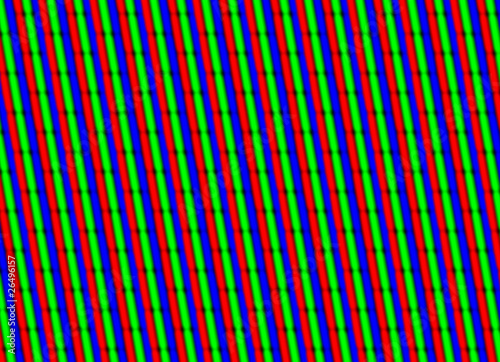Chemistry Alchemist
Hazard to Others
  
Posts: 403
Registered: 2-8-2011
Location: Australia
Member Is Offline
Mood: No Mood
|
|
Scrapping Electronic Appliences for elements and Chemicals
There are alot of Appliences out there that need or use chemical compounds or elements for vairys of uses, i wanna know whats in them and how would
one scrap them.... im talking about computers, microwaves, fridges, tv's, toasters etc... all of them would have at least one thing in comman, they
all need chemical properties to make them work... So whats in them?
One thing i have always wondered is extracting the Chemical Phosphors in a TV or computer screen... there are alot of phosphors in a computer or a tv
containing a chemical element that prouces the green, blue or red... how would one remove the element from the tv...
Wiki says
Phosphors are usually made from a suitable host material with an added activator. The best known type is a copper-activated zinc sulfide and the
silver-activated zinc sulfide (zinc sulfide silver).
The host materials are typically oxides, nitrides and oxynitrides,[9] sulfides, selenides, halides or silicates of zinc, cadmium, manganese,
aluminium, silicon, or various rare earth metals. The activators prolong the emission time (afterglow). In turn, other materials (such as nickel) can
be used to quench the afterglow and shorten the decay part of the phosphor emission characteristics.
So there is somthing to be extracted, even know its tiny ammounts, pple throw out alot of tv's and computers containing million of phosphors, alot can
add up and form a good amount... so any ideas on how to do it?
|
|
|
ryan0713
Harmless

Posts: 15
Registered: 18-9-2011
Location: Duluth, GA
Member Is Offline
Mood: No Mood
|
|
The enclosure on a CTR device is under very high vacuum, and will implode and as a result, explode a very high velocity shortly afterwards. Even if
you found a way to get past that part of taking apart a device like this, I don't think think there would be enough phosphor to really make the entire
endeavor worth while.
There might be a way though!
|
|
|
Neil
National Hazard
   
Posts: 556
Registered: 19-3-2008
Member Is Offline
Mood: No Mood
|
|
Google offers:
http://www.scribd.com/doc/14121457/Recovery-of-Precious-Meta...
|
|
|
peach
Bon Vivant
    
Posts: 1428
Registered: 14-11-2008
Member Is Offline
Mood: No Mood
|
|
There are some dangerous things in household appliances, e.g. beryllium oxide in the insulators of magnetrons.
| Quote: | | Like all beryllium compounds, BeO is carcinogenic and may cause chronic beryllium disease. |
- Beryllium oxide article, wikipedia
The phosphors are on the back of the screen. At the very back of the tube is the electron gun, which uses hot filaments to release a cloud of
electrons. The high voltage electrode at the front drags the electrons into colliding with the back of the screen. By stirring the beam with
electromagnets, the beam lands on different spots (pixels). The pixel contains a spot for red phosphors and two others for green and blue. Picking
where the beams land within each pixel controls the mix of the colours. Since human eyes can't resolve the pixels when sitting on the couch, they see
the product of all three colours in each pixel, depending on which are being illuminated and by how much. If you put your nose against the screen,
you'll see each of the colours in each pixel.

The components are not really worth mining out unless you are doing it on a commercial scale, and are skilled at doing it; or you'll end up loosing
money, not making it. Squeezing things like gold out of PCBs requires the handling of vast quantities of waste, efficiently, and the ensuing
mechanical and chemical processes, cleanly and cost effectively.
The components would likely be of more use to an at home experimenter if preserved as functioning components. E.g. computer power supplies for
electrochemistry cells, magnetrons for high voltage discharges and lasers, turn table motors for stirrers, fridges and freezers for vacuum pumps and
coolers, or compressors to blow air through things.
In terms of opening a TV screen;
<iframe sandbox width="853" height="480" src="http://www.youtube-nocookie.com/embed/bYlLB-_nVd4" frameborder="0" allowfullscreen></iframe>
<iframe sandbox width="853" height="480" src="http://www.youtube-nocookie.com/embed/2mtrnhwAtgE" frameborder="0" allowfullscreen></iframe>
[Edited on 28-9-2011 by peach]
|
|
|
Chemistry Alchemist
Hazard to Others
  
Posts: 403
Registered: 2-8-2011
Location: Australia
Member Is Offline
Mood: No Mood
|
|
Say i was doing it on a massive scale (scrapping heaps of TV's and Computer screens, how would i do it? would i just dissolve it in HCl and then react
it with somthng else to precipitate it?
|
|
|
|